It seems inevitable that someone who is not an expert in IT will have at least some responsibility of overseeing IT costs and spending. That’s just how things go. What is vital when this occurs is to ensure that anyone in charge of finances has an opportunity to understand some of the unique ways IT costs impact ROI. With that in mind, these are the five of the most common IT-related money traps that hurt businesses in every industry.
ONE. Upgrade Schedules
Balancing hardware upgrades feels like walking on a knife’s edge. Go too quickly and you waste money on technology that you aren’t using. Go too slowly and you harm productivity by preventing employees from having adequate access to the tools they need. Many companies are willing to eat unnecessary losses in this department. Whether they consider investing more on upgrade planning to be wasteful or they simply don’t understand the potential costs and savings, it is an all-too-common problem.
These losses are easily mitigated by doing two simple things. Create an easy route for employee feedback, and discuss upgrade schedules with experienced IT management. The former will give you resources to determine when technology is creating a productivity bottleneck. The latter will help you plan upgrade paths that are efficient and generate good ROI values.
TWO. Expense Tracking
More specifically, a lack of expense tracking is costing industries hundreds of billions of dollars every year. It is certainly a problem outside the scope of IT, but most management understands the importance of tracking the bulk of their business expenses. IT, in particular, is tricky because it requires understanding outside the scope of most businesses.
The irony of the whole situation is a small technology investment can ensure that tech expenses are properly tracked and managed with relative ease. It’s typically referred to as TEM, and it essentially allows you to automate technology expense management to avoid many of the most costly mistakes.
THREE. Inefficient Staffing
For any medium or large business, the debate between staffing in-house IT versus outsourcing everything is eternal. The truth is that companies that don’t specialize in the IT field probably want a mix of both. In-house IT can focus on the most frequent and business critical issues. Conversely, you want to outsource IT jobs that might include expensive hardware management.
Cloud services, security, and a few other big jobs are almost always cheaper when outsourced. Additionally, you can use outsourcing to discourage frivolous use of IT resources. If you utilize print management services, you won’t be wasting the time of in-house IT every time there is a paper jam. Striking the perfect balance might be difficult, but carefully considering your options can keep you from walking into a money trap.
FOUR. Growth Timelines
This concept has a lot of overlap with technology upgrades, but they aren’t quite the same thing. Upgrades are mostly based on the inevitable improvement of available technology. Growth timelines are all about how your business is operating. When you work with IT and make an initial plan, you’ll likely talk a lot about “future proofing.” This concept involves designing IT infrastructure that can grow with your business needs. It’s important, but it’s not a static idea.
You need adaptable solutions because, like it or not, growth will be unpredictable. If you stick to a growth schedule that doesn’t actually match your business returns, you’ll be hitting the same money traps that come from bad upgrade schedules. The key in this planning is to identify milestones. They can trigger pre-planned infrastructure investments that will keep you operating optimally.
FIVE. Vendor Agreements
Everything so far is pretty intuitive. That doesn’t always seem to be the case with vendor agreements. It’s easy to lock in a contract for a vendor service and leave it alone. This is a classic mistake. As you already know, technology changes fast. This affects vendor pricing all the time.
Some services become cheaper over time, so you want to be sure you’re always hunting for new deals. There’s also overlap between vendor agreements and business growth. When you cross certain thresholds, entirely new contracts will often be better than simply expanding an existing arrangement. Most businesses constantly re-negotiate vendor deals on a regular basis. It’s important to extend that effort to IT contracts.
Like any component of business, getting a second opinion and some expert advice can never hurt your attempts to improve the bottom line. A few painless conversations with IT managers can go a long way in helping you build the right expectations for each of these issues.
Ready to discover just how much Telecom Expense Management can save you?
Schedule a discovery call with our TEM experts!
About the Author: Jeff Poirior
Jeff brings 25 years of telecommunications and information technology management experience in voice and data networking, server support, and telephony and security; with a significant emphasis on customer service. Prior to joining Valicom, he was chief of the infrastructure support section for the Wisconsin Department of Transportation. Jeff was the vice president of operations for CC&N, overseeing telecommunications, help desk, data and desk side support services. Prior to that, he served as the associate director of technical resources for Covance, responsible for managing systems and network operations supporting 1700 users in Wisconsin and Virginia. He has also led data center operations at Magnetek Electric, supporting mainframe systems, client/server applications, telephony systems, and computer-aided design. Jeff holds a bachelor’s degree in business administration from Cardinal Stritch University and a master’s degree in business administration from University of Phoenix. In addition, Jeff is a past board member of the Wisconsin Telecommunication Association.

